The Extending Rapier: An Early 17th-Century German Mechanical Sword
Discover the extending rapier, an early 17th-century German sword housed at the SKKG Foundation in Zurich. Learn how this unique weapon transforms from a heavy rapier into a spadone of sorts using a sliding mechanism and a spring-loaded latch.
Gabriele Culot
10/25/20254 min read
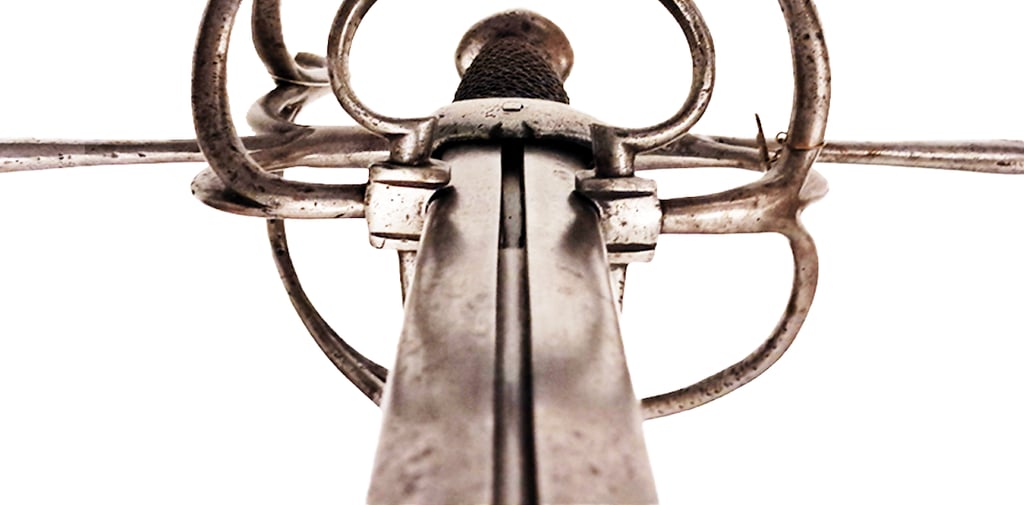

Rare, but not Unique: A Historical Taste for Flamboyance
The weapon's provenance is likely German and dates back to the early 17th century, though further details about it elude us, a common issue with many antique weapons.
What makes this particular piece so extraordinary, apart from it being what is referred to in German as a kombinationswaffen (combination weapon), is its rarity. Only five or six other known examples of this sort of extending rapier exist worldwide. This alone is enough to make it a stand-out object, but things get more interesting as not all surviving examples share the same features, suggesting multiple producers and a diverse clientele for this very unusual artifact.
Transformation in Measure: From Rapier to Two-Handed Sword
In its initial, unextended configuration, the weapon we examined appears to be an exceedingly heavy rapier weighing around 2.5 Kg. Even without extending the blade, the sword measures 152cm, making it too long for use as a rapier, especially when combined with its weight. Its point of balance (PoB) in this unextended state is approximately 21 cm from the crossguard.
However, the sword's purpose becomes clear after extension.
By sliding up a metal sleeve at the forte, the blade then engages the spring-locking mechanism and becomes fixed at a new length of approximately 178 cm. This extended length is long even for a spadone. The blade is fixed to the guard, which also slides up the metal sleeve, transforming the sword from a large, heavy rapier into a spadone of sorts. The extended handle, now measuring about 45 cm (including the pommel), aligns with the proportions of a two-handed sword grip. Critically, the point of balance shifts much closer to the crossguard, moving to about 10 cm, aligning again with the balance expected for a traditional zweihander.
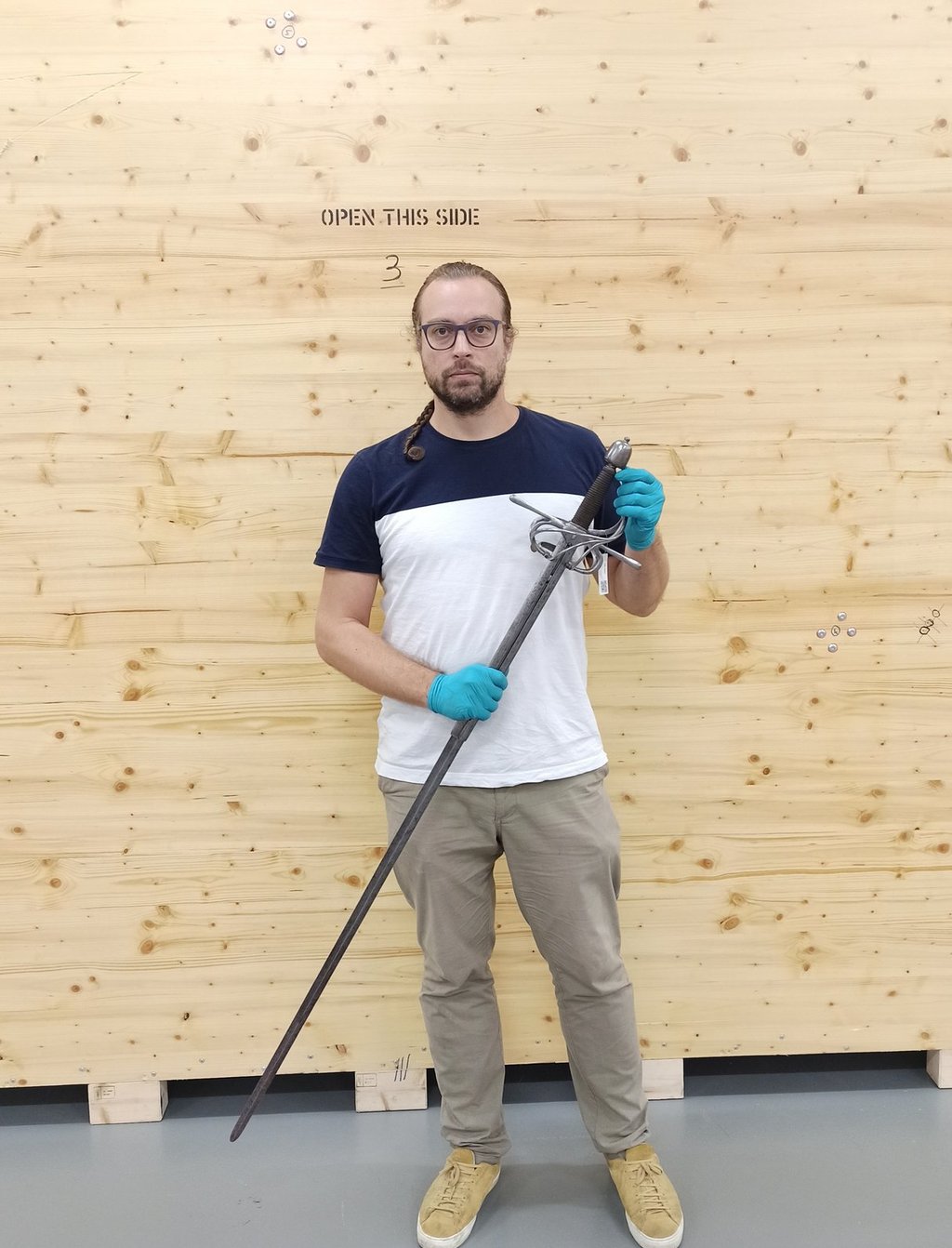

A Historical Taste for Blade Mobility
The transformation from rapier to two-handed sword is rather simple. The guard and the blade then move forward together, freely sliding inside a thick, solid metal sleeve. This movement follows a groove carved into the sleeve, in which a spring-loaded latch fixed into the blade is free to travel. Once fully extended, the latch fixes into a notch, locking the assembly into the two-handed configuration.
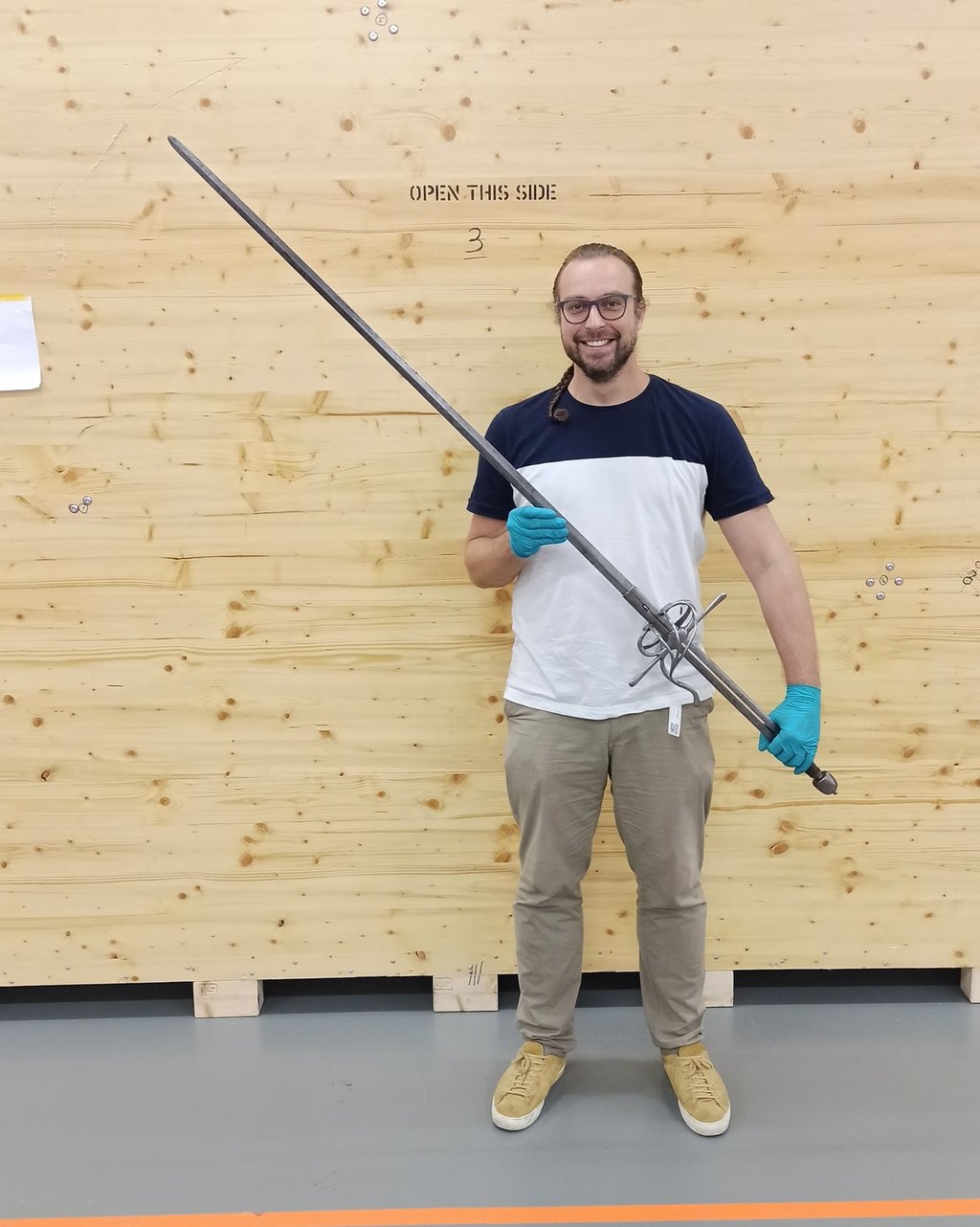

Despite its movable nature, the construction is remarkably robust; the metal sleeve that contains the assembly is very thick and solid and forms an integral part of the sword. Furthermore, the hilt bars themselves are thicker than would be expected on a similar rapier hilt, a feature that might have been necessary to help balance the heavy sword.
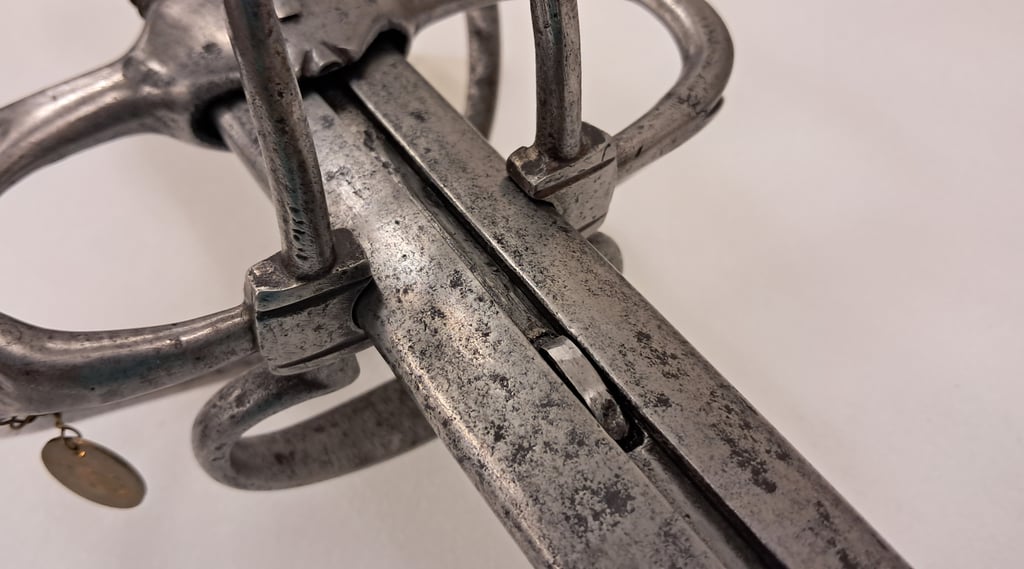

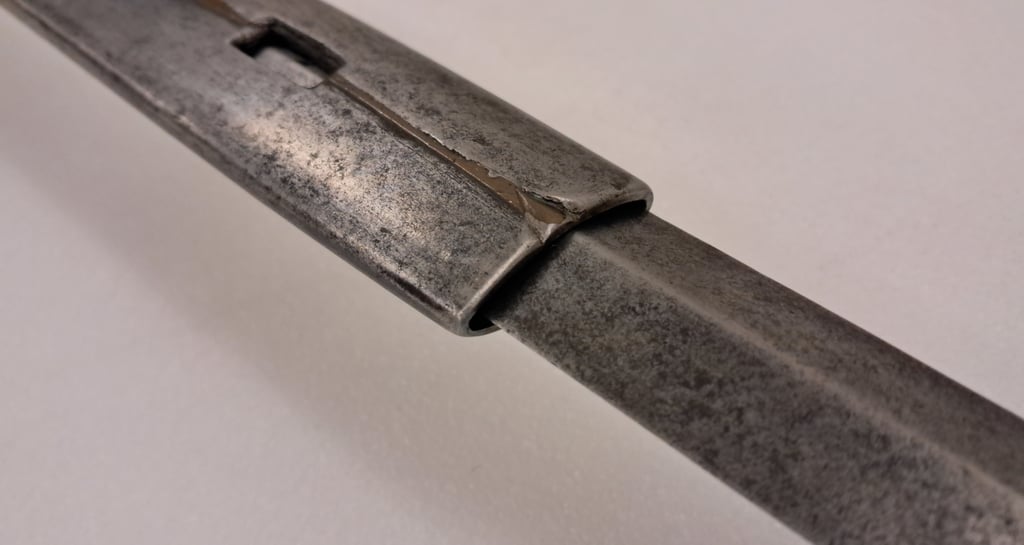

The Question of Function: Why Blend Sword Types?
The debate surrounding the extending rapier centers on its intended function. The transformation fundamentally changes the sword's type, turning it into a two-handed weapon.
One hypothesis suggests it was a piece made to display the maker’s technical skills or as a novelty item for a wealthy owner to show off. This notion is perhaps supported by the sword's very good condition, which might suggest it was more of a display piece than a combat weapon.
However, the sword is also quite simple and utilitarian, which might suggest it was not purely a showpiece for craftsmanship. The possibility remains that it was intended as a functional weapon, though its effectiveness remains debatable. Though holding it one-handed doesn't feel practical, the extension corrects the proportions, creating a weapon that feels better to handle and aligns with the balance and handling qualities of a zweihander.
The blade features a diamond cross-section (more common in some rapiers, less so in two-handed swords) and is not sharp, with a tip that is not very acute, suggesting it was neither an ideal cutter nor a thruster, yet, its solid build suggests it was made as a weapon, not as a conversation piece.
Ultimately, this weapon remains an interesting and unique historical artifact, whose close-up examination did not dispel any questions or doubts that have been asked by anyone who has ever seen one.
Curious to see more close-ups of this sword? Check out the video I made and don't forget to like and subscribe!
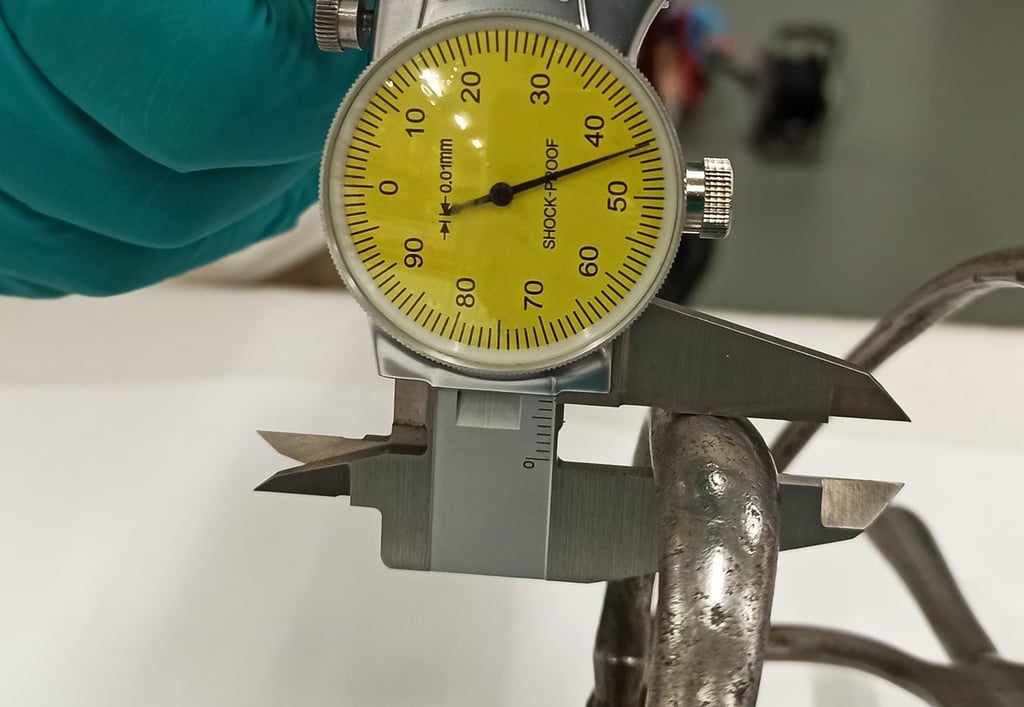


Figure 1: Me holding the sword in its unextended configuration
Figure 2: Me holding the sword in its extended configuration
Figure 3: Detail of the grooved metal sleeve and the spring-loaded latch that locks the blade in place
Figure 4: Detail of the metal sleeve showing the notch in which the latch locks and the diamond section of the blade
Figure 5: The measuring phase, specifically showing the thickness of the hilt bars
This extending rapier, which I examined in August 2025 together with Julian Ronneberger and Niccolò Menozzi of The Spadone Project, housed at the SKKG Foundation in Zurich, Switzerland, stands as a notable example of early 17th-century swordsmithing ingenuity. It blurs the lines between functional weaponry, mechanical novelty, and, possibly but not likely, martial arts.
This fascinating sword is more than a simple weapon; It’s a heavy rapier, a large two-handed sword, an object of high craftsmanship, and an eccentric show-off piece, all rolled into one, and today I'm happy to tell you a bit more about it.
Connect with me
Social profiles
Join the Guard room newsletter
© 2025. All rights reserved.
